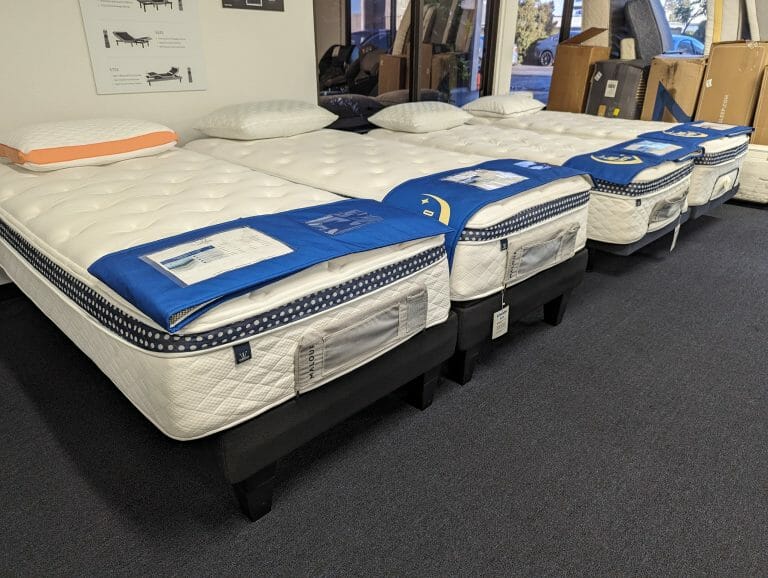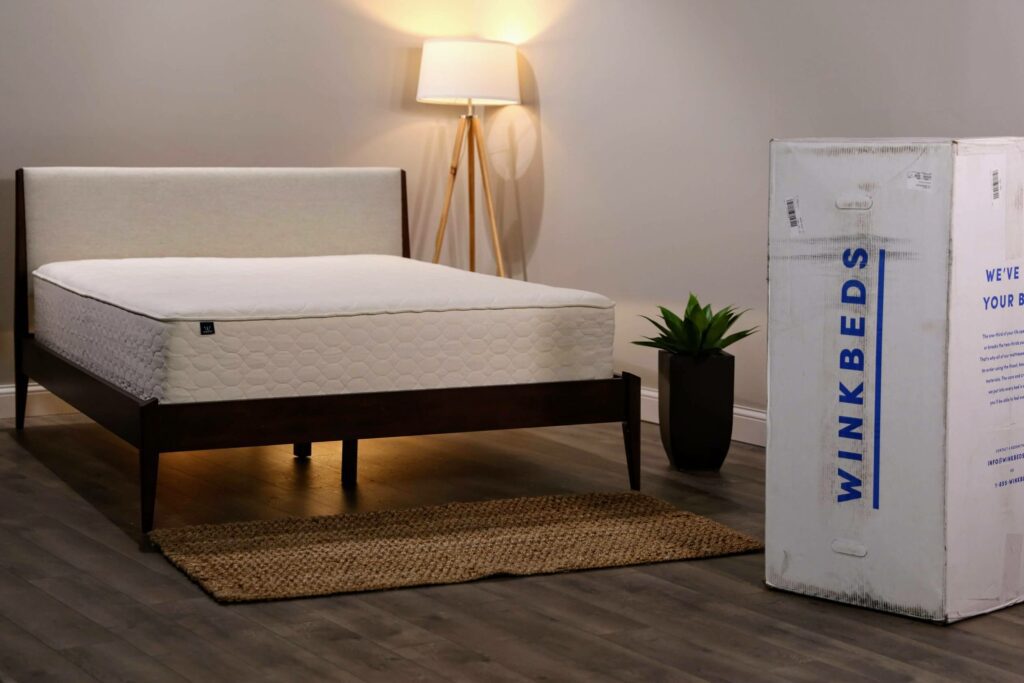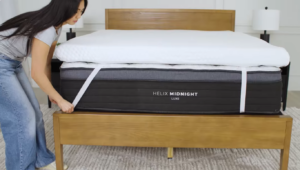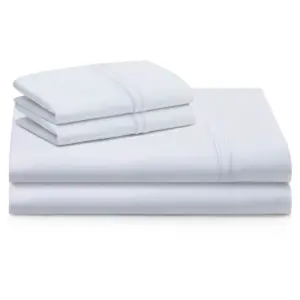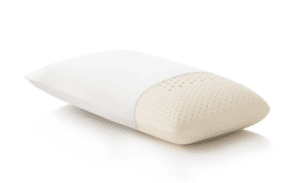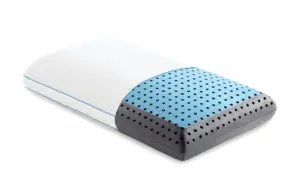Storing a Mattress Against a Wall – Should You Do It?
Introduction
Understanding how to store a mattress against a wall might appear straightforward, but doing it correctly is vital for preserving its condition. If you’re pressed for time, just remember: your mattress should be clean, dry, and stored in a breathable cover, ideally lying flat to prevent any damage. Proper mattress storage not only saves you money, but it also extends the lifespan of your investment. When executed correctly, it wards off mold, dust, and unwanted sagging. If you have an extra mattress you’d like to keep in pristine condition, this guide will walk you through the right steps for storing a mattress against a wall without compromising its integrity.
My name is Ben Trapskin, and with years of experience in sleep solutions and mattress storage challenges, I’m here to help you keep your mattress in excellent shape.
Why Proper Mattress Storage Matters
Storing a mattress might seem simplistic, but mishandling it can result in significant damage. Here are critical reasons why proper mattress storage is essential:
Mattress Care
Your mattress is designed to provide support while you sleep. When improperly stored, that support can be compromised. For example, leaning a mattress against a wall without adequate support can cause internal components to shift, leading to lumps and uneven surfaces. This not only affects your comfort but also diminishes the mattress’s effectiveness.
Lifespan Extension
A well-maintained mattress can last around 10-15 years. However, improper storage can significantly shorten this lifespan. To keep your mattress in top shape, ensure it’s stored in a cooler, dry, and well-ventilated area. Exposure to moisture and humidity can lead to mold and mildew, which not only damages the mattress but also poses health risks.
Cost-Saving
Investing in a mattress often comes with a hefty price tag. By taking the necessary steps to store it properly, you can avoid costly early replacements, leading to significant savings over time.
How to Store a Mattress Against a Wall
When floor space is at a premium, storing a mattress against a wall can be a practical option, but doing it incorrectly can lead to damage. Here’s how to ensure your mattress remains in prime condition:
Preparing Your Mattress for Storage
Before you tuck away your mattress, a bit of preparation goes a long way:
Clean Thoroughly: Start by vacuuming the entire surface to eliminate dust and debris. Sprinkle baking soda liberally over the mattress, allow it to sit for a few hours, and vacuum once more to banish odors.
Use a Mattress Bag: Wrap your mattress in a protective, breathable mattress bag. This keeps it safe from dust and moisture, allowing air circulation and preventing mold growth.
Choosing the Right Storage Location
The spot you choose for mattress storage is just as important as the method of storage:
Temperature Control: Opt for a location with a stable, moderate temperature. Extreme heat or cold can seriously damage the materials in your mattress.
Humidity Control: Avoid storing it in damp areas, like basements. High humidity can lead to mold and mildew issues. If necessary, invest in a dehumidifier to maintain ideal levels.
Ventilation: Ensure the storage area is well-ventilated. Good airflow is essential for preventing moisture buildup.
Positioning the Mattress Against the Wall
How you position your mattress significantly influences its condition:
Flat Surface: Ideally, store the mattress flat on the floor. While storing it on its side is sometimes acceptable, placing it flat avoids pressure points and keeps the materials evenly distributed.
Avoiding Pressure Points: If you must store the mattress on its side, ensure it’s evenly supported. Avoid leaning it against sharp edges or any objects that might create indentations.
Support Cores: For mattresses with pocket springs or natural fillings, flat storage is crucial. Storing them on their side can damage the internal structure and comfort level.
By following these guidelines, you can store your mattress against a wall without risking its quality.
Common Mistakes to Avoid
Even with the best intentions, some mistakes can lead to significant damage. Here are key pitfalls to watch for:
Storing Vertically: Although storing a mattress vertically might seem space-efficient, this approach can shift the inner workings, particularly for pocket spring or natural filling mattresses, leading to discomfort and structural issues.
Placing Items on Top: Avoid stacking items atop the mattress, as this can create pressure points that may cause permanent indentations, compromising the mattress’s integrity.
Improper Wrapping: Utilize non-breathable covers, such as plastic, may trap moisture and lead to mold growth. Always choose a breathable cover that protects against dust while allowing for air circulation.
Tips for Long-Term Storage
For those planning to store a mattress for an extended period, extra precautions are necessary:
Climate Control: Aim to store your mattress in a room with appropriate climate control, keeping temperatures between 18°C and 19°C and humidity at 30-50%.
Regular Checks: Even with the best preparations, schedule monthly inspections to catch any signs of mold, pests, or damage.
Use Dehumidifiers: A portable dehumidifier can significantly improve storage conditions, preventing moisture-related issues.
Frequently Asked Questions about Storing a Mattress Against a Wall
Can you store a mattress vertically? Generally, no. Doing so can shift the inner components, leading to an uncomfortable, lopsided mattress.
What’s the best position to store a mattress? The ideal option is flat. Keeping it flat ensures the internal structure remains unchanged, especially for innerspring and hybrid mattresses.
How do you prevent a mattress from sliding off the wall? Simple solutions include using rubber mats for friction, mattress pads with non-slip bottoms, or securing the mattress with straps or brackets.
Conclusion
Proper mattress storage can prolong its lifespan and save you considerable money in the long run. Remember to clean your mattress thoroughly, utilize a protective bag, and choose a suitable storage environment. Always position the mattress flat to maintain support and avoid common storage mistakes.
With these straightforward steps, you can ensure your mattress remains in excellent condition, ready for use whenever you need it. For more expert advice and quality mattress options, visit our Yawnder mattress store. We’re committed to helping you meet all your mattress needs.

